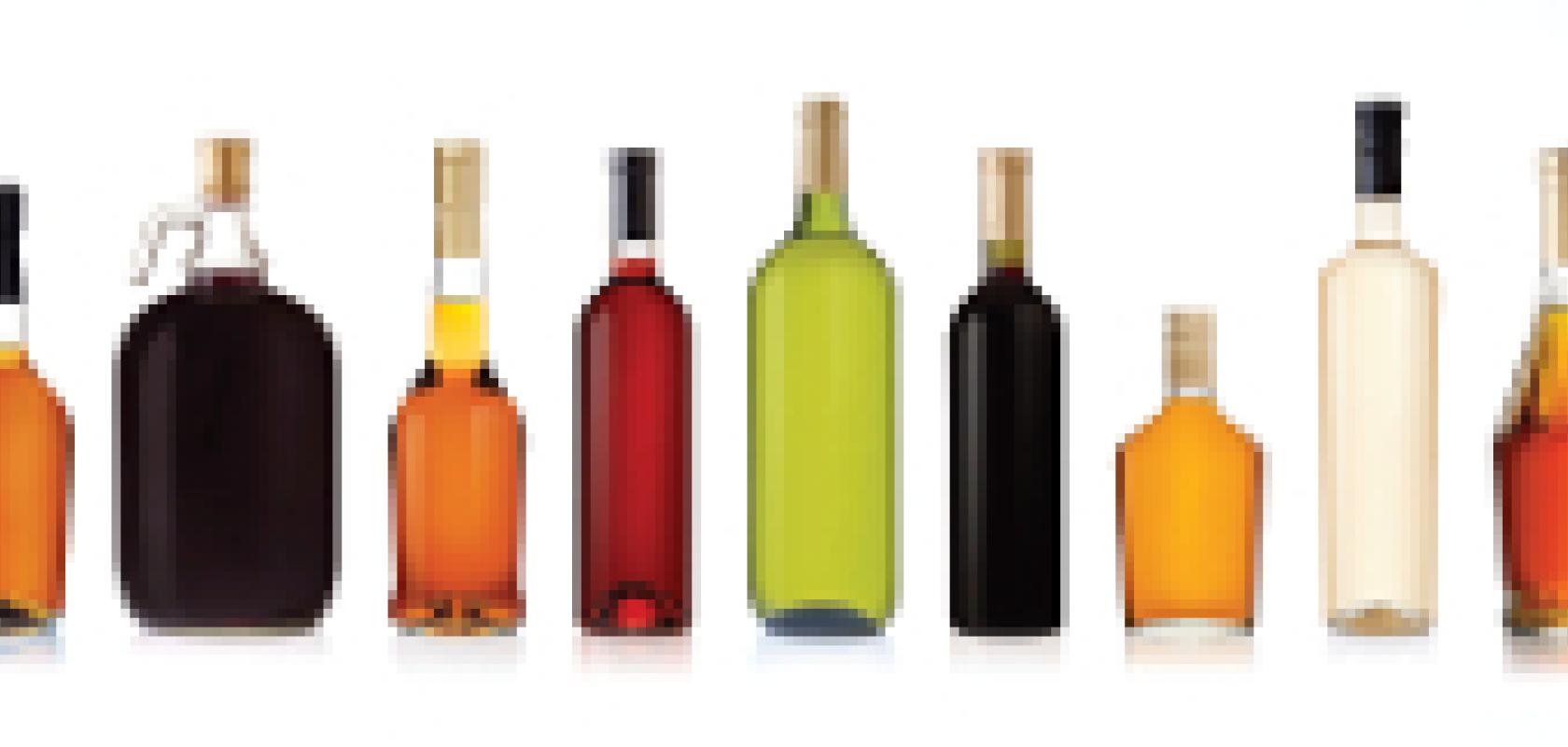Spirit Sampling for Counterfeit Detection and Brand Authentication

Background
Counterfeit bottles of whisky, vodka, rum and other spirits are an increasing problem for global drinks companies. It is currently estimated that 30 percent of the alcoholic beverages consumed in the world are unregistered -- i.e., are illicit or non-commercial. Not only do these forgeries seriously erode a premium brand’s credentials, they also pose a growing threat to consumers who are at risk from adulterated products.
The scale of the health risk has increased as companies have expanded sales in Asia and Eastern Europe, where regulation is uneven. Also, the proliferation of unregistered beverages has a significant financial impact. The International Federation of Spirits Producers suggests that spirits companies lose more than $1 billion per year from counterfeit alcohol and, at the same time, international governments face heavy losses in tax revenue.
To combat the increased sale of illicit spirits, spectral sensing technology has been developed to reliably identify genuine spirits and to screen out counterfeit product. Previous studies have demonstrated that brands of whisky and spirits produce specific UV-Visible spectral absorbance profiles that can be used as the basis for a screening device for fast, field-based testing. For such a device to be useful it needs to be able to measure reproducibly from sample to sample and from unit to unit. This application note describes some of the experiments performed to demonstrate the reproducibility of whisky and spirit measurements using the Ocean Optics Spirit Sampler.
The Spirit Sampler system is a portable instrument allowing the user to authenticate samples of spirit brands on-site and in real time. Specifically, the system allows the user to analyze liquid samples of labeled spirit brands and determine whether the sample “matches,” “almost matches,” or “does not match” the expected brand selected by the user.
Experimental
The Ocean Optics Spirit Sampler scans clear, light and dark liquids, providing information about adulterated and gross counterfeit samples as well as brand authenticity and quality. The system is based on an Ocean Optics UV-Visible spectrometer and light source covering the wavelength range from 200-520 nm.
Spirit samples are introduced by injecting the liquid into the appropriate measurement channel using a plastic syringe. There are three channels corresponding to three different pathlength flow cells optimized for clear (e.g., vodka), light (e.g., whisky) and dark (e.g., rum) spirits. Rapid referencing and repeated automatic dark correction ensure optimum measurement stability and therefore, maximum reproducibility in results.
Absorbance measurements from samples of rum, whisky and vodka were measured using 10 individual Spirit Sampler devices. Absorbance data was collected at 1 nm intervals between 220-520 nm. Each instrument was switched on and left to complete its initial warm-up. The flow cell was then flushed with 40% ethanol in order to reference the instrument.
After taking a reference measurement, we injected the sample spirit into the appropriate flow cell and collected the absorbance spectrum. Absorbance measurements were collected for a total of 130 rum, 68 vodka and 184 whisky samples using the 10 Spirit Sampler units.
Results
All of the absorbance spectra for rum, whisky and vodka samples are shown in Figures 1, 2 and 3.

Figure 1. Absorbance measurements of rum showed great repeatability for over more than 130 samples.
Analytical precision was investigated over the range 220-450 nm. The repeatability of measurements on one sample of brand ranged from +0.01% at 260 nm to +0.03% at 360 nm. Across the 10 instruments the variability was still low at +0.03% at 260 nm and +0.09% at 360 nm.

Figure 2. Strong UV absorbance response for vodka is shown over multiple measurements.
Sample authenticity can be determined by two alternative statistical methods. First, Sum of Squares of Z Scores is fully implemented and uses brand libraries to generate statistical scores for brand recognition and counterfeit detection. Second, Neural Network capability is in active development and depends upon the availability of a suitable training data set.

Figure 3. The Spirit Sampler demonstrates excellent repeatability for whisky sample measurements.
Conclusions
The Ocean Optics Spirit Sampler provides reliable and reproducible data for authenticating spirits in the field or in the lab. Samples collected from different Spirit Sampler units can be combined to generate extremely accurate brand signatures with precise thresholds and tolerances.
In the majority of cases, counterfeit samples based on mixtures of cheap, illicit alcohol with the genuine spirit can be clearly distinguished. The brand authentication algorithm is currently based on statistical Z-scores of absorbance spectra but future releases will also include algorithms based on powerful and precise Neural Networks.

